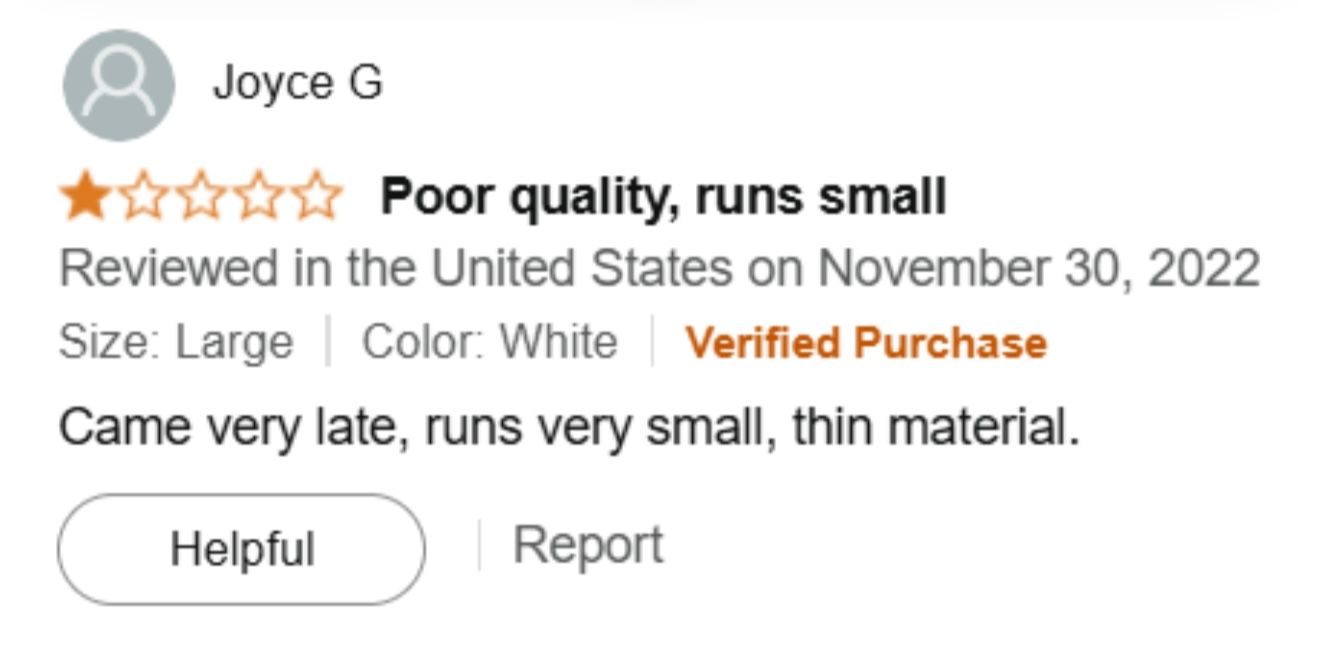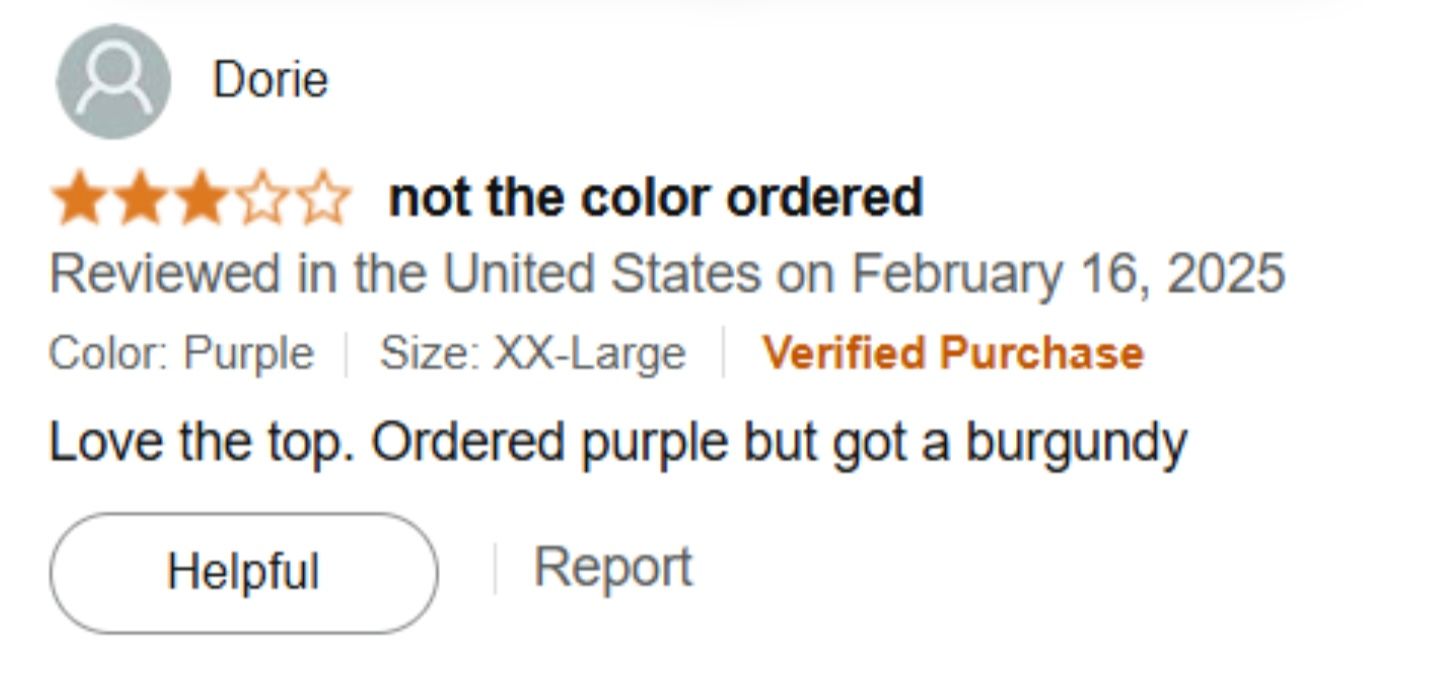
Amazon Bad Reviews: How to Deal with Them as a Seller
Negative reviews on Amazon can damage any seller’s reputation and sales, which can undermine trust and credibility. Whether the complaint is about a product, shipping, or customer service, these issues require prompt attention. For sellers, effectively managing feedback is key to maintaining a strong rating, which directly impacts performance.
In this article, we’ll explain how to handle Amazon bad reviews to safeguard your business.
Table of contents
Why Do Customers Leave Negative Reviews?
Understanding why customers leave negative feedback is the first step to addressing it. While every situation is unique, here are some common reasons sellers may receive negative reviews:
Low-quality products: Statistics show that product defects are one of the most common reasons for bad reviews. Production errors or items that don’t meet quality standards can lead to customer
Shipping delays: Late deliveries are also frustrating to customers, even if the product itself is satisfactory. Using Amazon FBA, which is known for its fast and reliable shipping, can help mitigate this issue.
Wrong product sent: Receiving an item that’s incorrect, the wrong color, or in a size that doesn’t fit can frustrate customers, often leading them to report their dissatisfaction through negative feedback, even if the mistake was unintentional.
Poor customer service: Slow or unhelpful responses can escalate minor problems into negative reviews. Aim to reply to all customer inquiries within 24 hours, including during weekends, to maintain satisfaction.
Inadequate packaging: Damaged or poorly packaged items can upset buyers, even if the product was intact when it left the supplier. Ensuring sturdy, protective packaging can help to prevent this issue.
Unmet expectations: Misleading ads or unclear listings also often lead to disappointment. Sometimes, while the product itself isn’t faulty, it may simply fail to meet a customer’s expectations which can still result in a negative review.
Negative reviews aren’t always justified—some may be fake or exaggerated—but they can still affect your store’s performance. Let’s explore how to deal with negative reviews on Amazon.
How to Deal with Negative Reviews on Amazon
No seller wants to receive negative reviews, but knowing how to manage them the right way when they happen can minimize their impact. Here are some strategies for efficient review management:
Respond professionally and promptly: A polite, timely response can alleviate the frustration of an upset buyer. To protect your reputation, avoid engaging in arguments— instead focus on displaying empathy and offering solutions.
Resolve the customer’s issue: Depending on the situation, you may opt to offer a refund, item replacement, or sincere apology to rebuild trust. Quick resolutions often motivate customers to revise or even remove their negative review.
Encourage positive feedback: Contact satisfied customers and politely request reviews to improve your rating. This helps balance out negative feedback and showcases your product’s strengths. However, never attempt to buy reviews—Amazon strictly prohibits this and may block your account.
By checking reviews consistently and addressing issues promptly, you can manage negative feedback effectively. That said, preventing them from happening altogether is even better. Below are some tips to help you avoid negative reviews in the first place.
How to Prevent Negative Reviews
Preventing bad reviews on Amazon requires effort, but it’s much easier than dealing with damage control later. Taking a few proactive steps can help you avoid customer complaints that could hurt your store’s performance. Here are some key strategies to keep your ratings high and your customers happy:
Analyze Your Reviews and Your Competitors' Feedback
Reviewing feedback from your customers carefully helps you understand what they appreciate and which aspects of your product need improvement. By examining competitors' reviews, you can gain a broader perspective and discover new ideas for enhancing your own offerings.
For example, if a competitor selling similar shoes is praised for including a cream in their packaging, you might consider adding a similar feature to improve your own customer experience as well.
The process of analyzing dozens or even hundreds of reviews can be overwhelming. It’s important to focus on identifying patterns rather than just subjective opinions. Below, we’ll show you how to streamline this process for more effective insights.
Analyzing Amazon Reviews Efficiently
To optimize your review analysis, consider using tools like the AMZScout AI Review Analyzer. This powerful tool helps you quickly identify the strengths and weaknesses of a product by analyzing customer feedback. It’s incredibly user-friendly, and provides valuable insights in just three simple steps:
1. Go to the AI Review Analyzer page. Enter your email address to start a free trial (you get one free product check).
2. Start your search. Click “Analyze Product by ASIN”, input the product’s ASIN, and click “Get Review Analysis”.
3. Review the results. The tool will provide detailed statistics, graphs, and textual insights based on customer reviews.
This process helps you identify what’s working and what isn’t, while uncovering opportunities to refine your strategy. By doing so, you can boost your performance and proactively minimize or prevent negative reviews.
Improve your packaging and shipping methods
If you're not using Amazon FBA, be sure to choose a reliable courier like DHL, UPS, or FedEx. Check their delivery times, packaging options, and handling quality to ensure that products arrive in perfect condition.
Maintain high product quality
Work with reliable suppliers and assess product quality before listing or selling. A test purchase can help identify issues early, allowing you to address concerns with the supplier before they affect customers.
Keep inventory under control
Regular stock checks help to prevent shipping mistakes and delays. Inventory management apps or seasonal support staff can also make handling peak demand easier, ensuring smooth operations and satisfied buyers.
Provide excellent customer support
Prompt, helpful responses boost customer satisfaction. Aim to reply to all customer issues or questions within a few hours, or 24 hours at most. If you can’t personally do so, consider hiring help. Great support builds trust and loyalty, which is vital for growing your brand. Happy customers are more likely to leave positive reviews and return for future purchases.
Optimize your product listings
Use high-quality images and videos to showcase your product from every angle. Write clear, accurate descriptions and bullet points, especially highlighting sizes and other key details so customers know exactly what to expect.
Tip: To quickly create standout listings, consider using the AMZScout AI Listing Builder. Well-crafted, SEO-optimized descriptions not reduce the likelihood of negative feedback, but also drive more traffic to your store.
Monitor your reviews regularly, analyze patterns, and take prompt action based on your findings. A little effort upfront can save you from bigger issues down the road, helping you maintain a strong reputation and steady sales.


FAQs
What is meant by “negative reviews” on Amazon?
A negative review on Amazon refers to feedback from a customer that results in a poor rating of a product or seller (typically one to three stars). This type of feedback typically highlights issues like product defects, delays, or dissatisfaction. These reviews can lower your product’s visibility and sales if not managed correctly.
How do I delete a review on Amazon?
Amazon doesn’t allow sellers to delete reviews on their own. However, you can request that Amazon remove a review if it violates their policies, such as cases of fake reviews, offensive language, or other prohibited content. If the review doesn’t fall into these categories, consider resolving the customer’s issue directly to encourage them to remove or update it.
Does Amazon remove fake reviews?
Yes, Amazon will remove fake reviews if they’re reported and confirmed to violate its policies. Sellers can flag suspicious feedback, such as paid reviews or those from competitors, for investigation. However, this process can be slow, so in the meantime, it’s best to focus on earning positive reviews to boost your rating and ranking.
Why is it so important to manage negative reviews?
Negative reviews can damage your reputation and erode buyer trust. Additionally, since many customers tend to filter products by rating to prioritize higher-rated items, poor reviews can reduce your listing’s visibility and, consequently, your sales. They can also negatively affect your account health, and consistent poor performance may lead to Amazon suspending your account.
Conclusion
Preventing Amazon negative reviews requires a proactive approach, and one of the most effective strategies is crafting clear and accurate product listings. Consider using the AMZScout toolkit to help you streamline this process, so you can create and optimize listings that resonate with customers while setting realistic expectations. By ensuring transparency and relevance, you can boost customer satisfaction and foster glowing reviews.











